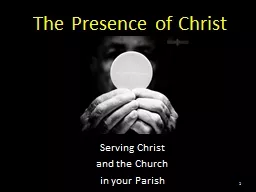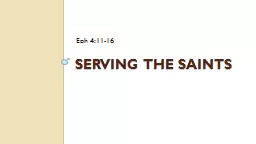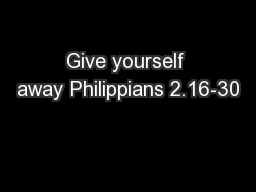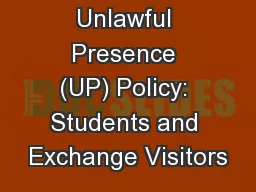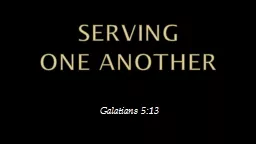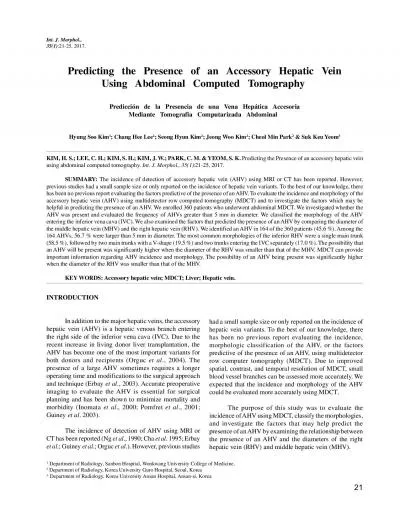PPT-The Presence of Christ Serving Christ
Author : luanne-stotts | Published Date : 2018-01-30
and the Church in your Parish 1 In the beginning The Fall of Adam and Eve Genesis 315 and the promise of redemption Old Testament events are a foreshadowing typology
Presentation Embed Code
Download Presentation
Download Presentation The PPT/PDF document "The Presence of Christ Serving Christ" is the property of its rightful owner. Permission is granted to download and print the materials on this website for personal, non-commercial use only, and to display it on your personal computer provided you do not modify the materials and that you retain all copyright notices contained in the materials. By downloading content from our website, you accept the terms of this agreement.
The Presence of Christ Serving Christ: Transcript
Download Rules Of Document
"The Presence of Christ Serving Christ"The content belongs to its owner. You may download and print it for personal use, without modification, and keep all copyright notices. By downloading, you agree to these terms.
Related Documents

